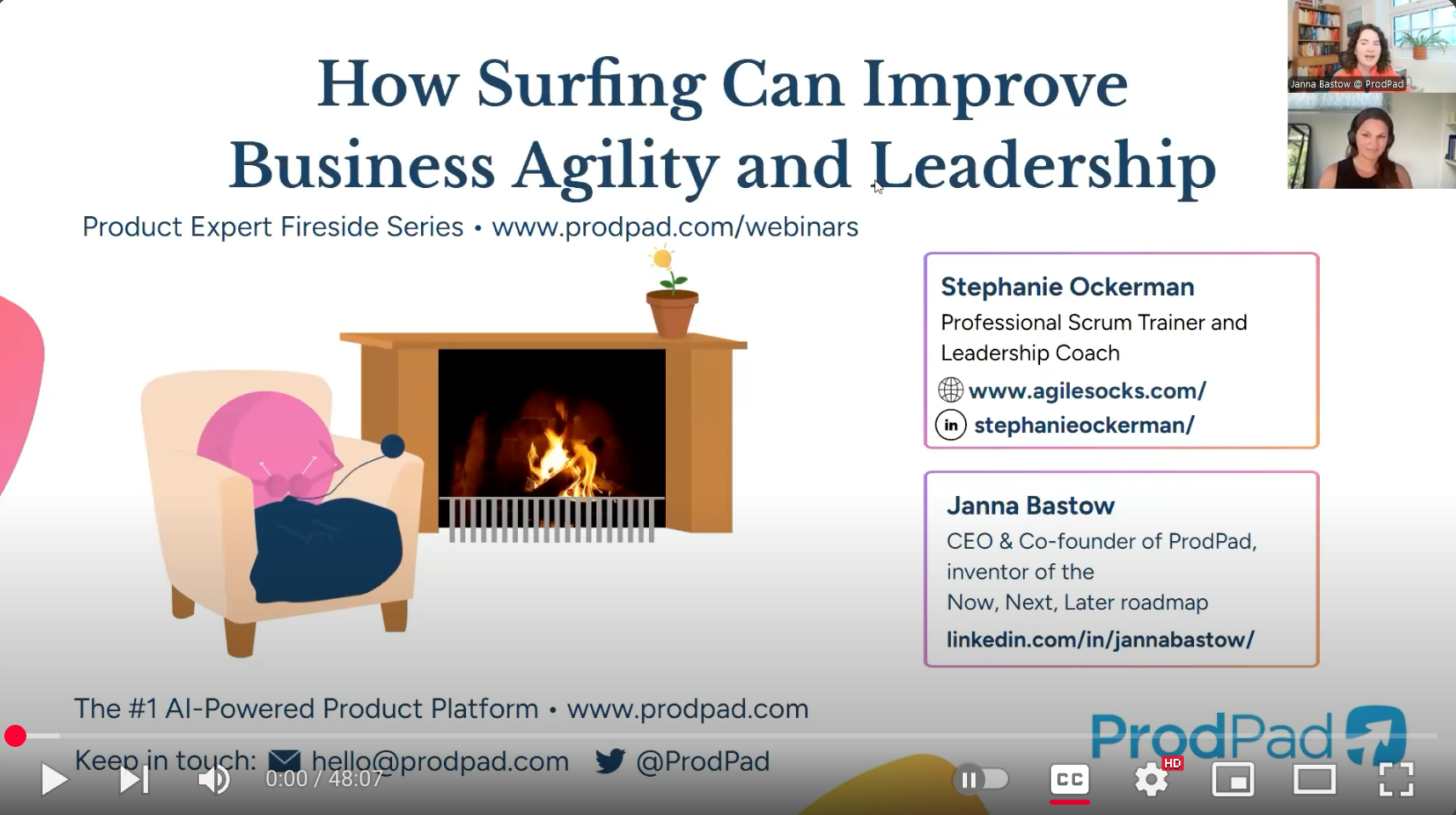
You gather information. You think about it some more. You gather more information.
You keep it to yourself because you’re not quite sure if your ideas will work. And you certainly don’t want to look stupid or ridiculous or too ambitious.
Knowledge is meaningless without taking action. As Derek Sivers says, “If information was the answer, then we’d all be billionaires with perfect abs.”
Talking with others can help, but at some point, you must act.
A team wants to implement automation and continuous delivery. A team wants to build a feature that their platform was never designed to do. Maybe they want to scale to a volume of users and performance levels that seem impossible. Or perhaps they want to create a product to solve a huge global problem.
Where they end up is not always where they expected. And how they get there is almost never what was originally planned.
What will always be true is that the team achieves the impossible through a series of intentional actions.
You want to write a book. You want to improve your health. You dream of being an influential public speaker. You want to run a marathon. You’re excited by the thought of living in another country. Maybe you want to create more free time in your life. Perhaps you want to deepen a relationship with your child or a significant other.
Perhaps you want to apply the new techniques you learned to coach your teams for growth and high performance. Maybe you want to level up your leadership skills. You want to change job roles or start a community of practice.
Yes, these are big goals. They can seem daunting. And I know each one of us has the ability to achieve these goals and much more. Have you heard somebody ask, “How do you eat an elephant?”
The answer is, “One bite at a time.” I love this saying, however, I want to give you a little bit more guidance for taking action with intention.
At the organization level, know why business agility matters and what the company’s mission is. At the product level, have a product vision that is clear, concise, and compelling. At the team level, know what high performance means to your team and how that relates to the values and goals of the individuals.
At a personal level, know your “compass.” Your personal compass is composed of what keeps you healthy, your values, how you want to feel, and how you want to spend your time and your money.
Every team in an organization should have their vision and goals visible, and these must be clear enough that we can track our progress. This applies to teams at the executive level, all levels of management, and the agile teams doing the work. (Check out this post on creating good Sprint Goals.)
As Simon Sinek talks about in his book Leaders Eat Last, we are visually oriented animals. If we have something specific to set our sights on and can measure our progress toward it, then we are more likely to achieve it. Vague, lofty vision statements that we cannot visualize in our mind aren’t useful.
We must be able to imagine what the world would look like if everything we did was wildly successful. And if we find that inspiring and worthy of our time, we will take steps to achieve it. Then we can measure our progress and make that visible.
Teams can use a Scrum board, a Kanban board, a Retrospective actions backlog, or a high performance tree.
At a personal level, write down your goals and track your progress. You can use a journal and establish a regular interval to review and update it. I suggest taking it a step further and writing your goals on index cards and keeping them somewhere you will see them every single day.
The most powerful driver for action and success is social support. Declaring what we want is a form of making ourselves accountable. If this declaration is to our community, the people who matter to us and who care about us, we are very likely to get their support on our journey.
At an organizational level or team level, this may be a part of the act of visualizing the goal. Consider declaring it bigger than just making it visible in your team space. Who can you make a verbal or written declaration to inside and outside of your organization?
At a personal level, this is extra important, especially if our goals do not include a partner or a team to do the work. When we are working on individual goals instead of team goals, we need the support, accountability, insight, and acknowledgment of our social circles.
Act with an openness to what may happen without judging it, without resisting it, without ignoring it.
This requires a lot of self-awareness. This requires commitment in the face of fear or uncertainty.
Just like Scrum uses empiricism to deal with complexity and unpredictability, we can employ this approach at a personal level. Think of it as an experiment with the intent of learning.
Form a hypothesis with the information you have right now. Determine what is the smallest thing you can do now to move forward and learn something about that hypothesis. Then look at the results, check your intention, and adjust the hypothesis and the plan. Repeat.
Our world is fully of large, messy problems. We are faced with unpredictability and uncontrollable variables.
Our world needs you and every single person to contribute their full selves to doing the impossible, to building innovative solutions, to helping us all thrive.



AGILE SOCKS is a registered trademark of Agile Socks LLC. Other marks used herein are the property of their respective owners. For more information see Trademark Notice in Terms & Conditions.